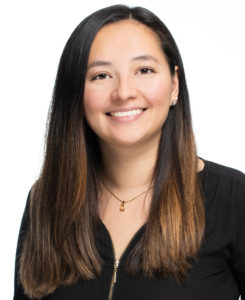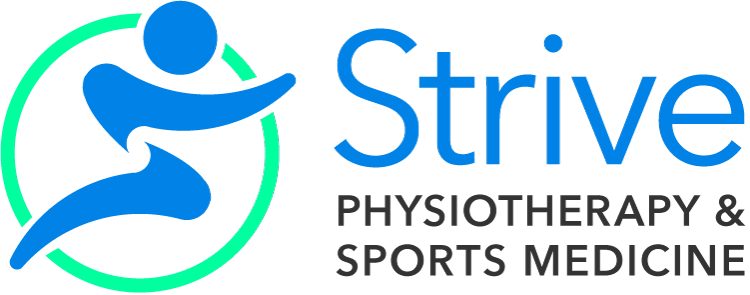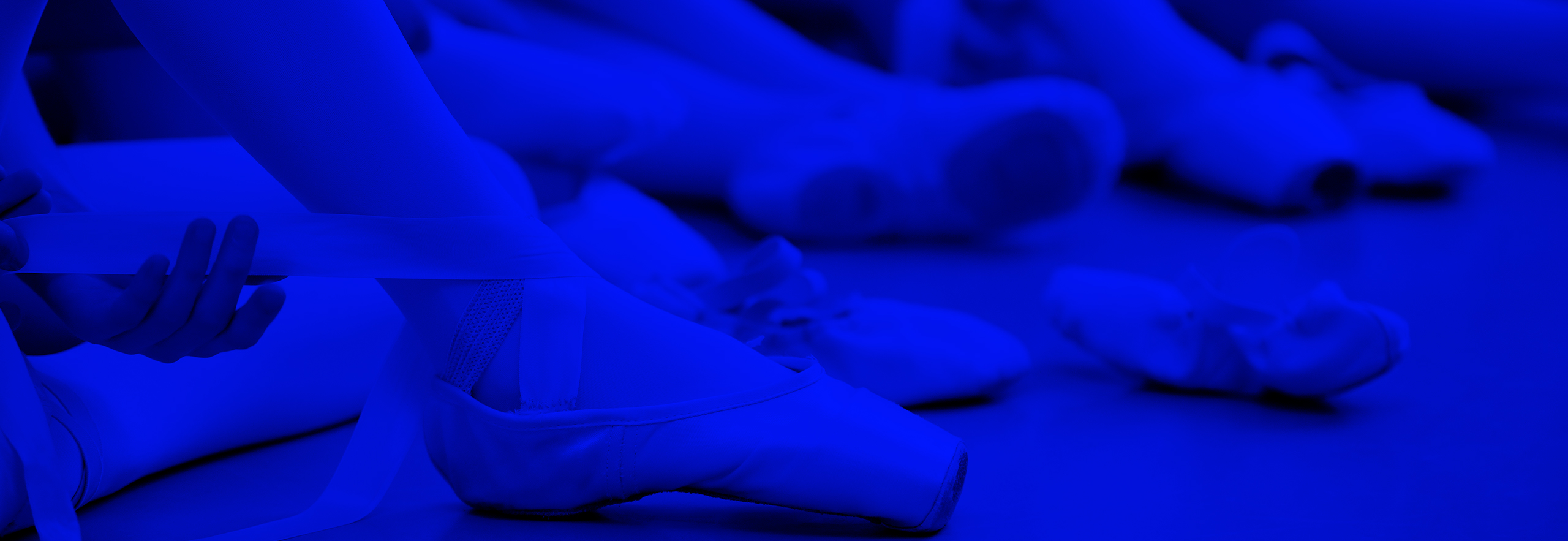Achilles Tendinopathy in Dancers | Dance Physiotherapy Toronto
Experienced Physiotherapy for Achilles Tendon Pain in Dancers
Achilles tendinopathy is a common injury among dancers, especially those in ballet, contemporary, and jazz. It affects the Achilles tendon, which connects the calf muscles to the heel and plays a vital role in pointe work, jumping, and dynamic footwork. At Strive Physiotherapy in Toronto, we offer targeted Achilles tendinopathy treatment for dancers to help you recover and return to training safely.
Causes Achilles Tendon Pain in Dancers
Dancers often experience Achilles tendon pain due to repetitive strain and overuse. Common causes include:
- Sudden increases in training intensity or volume
- Returning to pointe work after time off
- Performing advanced jumps or combinations
- Dancing on hard or uneven surfaces
These factors can overload the tendon, leading to inflammation, stiffness, and reduced performance.
Common Symptoms of Achilles Tendinopathy
Signs of Achilles tendinopathy include:
- Pain or tenderness in the Achilles tendon
- Discomfort during relevé, demi-pointe, or pointe work
- Morning stiffness or pain after rest
- Pain during or after jumping exercises
If you’re experiencing these symptoms, early intervention with physiotherapy can prevent further damage.
Dance Physiotherapy: How We Help
At Strive Physiotherapy, our team uses the latest pain science research and dance-specific rehabilitation techniques to help you recover. Treatment may include:
- Individualized strength and mobility exercises to strengthen and protect the tendon
- Manual therapy and soft tissue techniques
- Acupuncture or dry needling
- Extracorporeal Shockwave Therapy (ESWT)
- Education on load management and injury prevention
We understand the unique demands of dance and tailor every treatment to your goals and schedule.
How Sports Medicine Can Help
In some cases, a sports medicine physician or physiatrist may be involved to:
- Order diagnostic imaging (ultrasound or X-ray)
- Medication or topical treatments
- Nitric oxide patches to support healing
- Rule out conditions like Sever’s disease in younger dancers
Recovery Timeline
Recovery from Achilles tendinopathy varies:
- Mild to moderate cases: 3–6 months
- Severe or chronic cases: up to 12 months
Consistency with your rehab plan is key to long-term success. Our goal is to help you not only recover but also build long-term strategies to prevent recurrence.
To get started with some exercises to help you recover from your Achilles tendinopathy, check out the Achilles Tendinopathy Home Exercise Program. Please keep in mind that these exercises were designed as a place to start to address your symptoms. These exercises should not be performed or continued if they cause or increase your pain in any way. Using these exercises for self-management of your symptoms does not replace the value of being assessed by a Health Professional.
At Home & In-Studio Tips for Managing Achilles Tendon Pain in Dancers
- Avoid pointe work and jumping until pain improves
- Limit relevé exercises to pain-free levels
- Use foam rolling or massage on calves
- Consider heel lifts in shoes outside the studio
Original contribution to this page in 2021 by Danna Epstein Marcus, Registered Physiotherapist

Ready to Start Your Recovery?
Book a free 10-minute consultation with Grace Underwood, a registered physiotherapist and former dancer who understands the unique demands of dance training.


